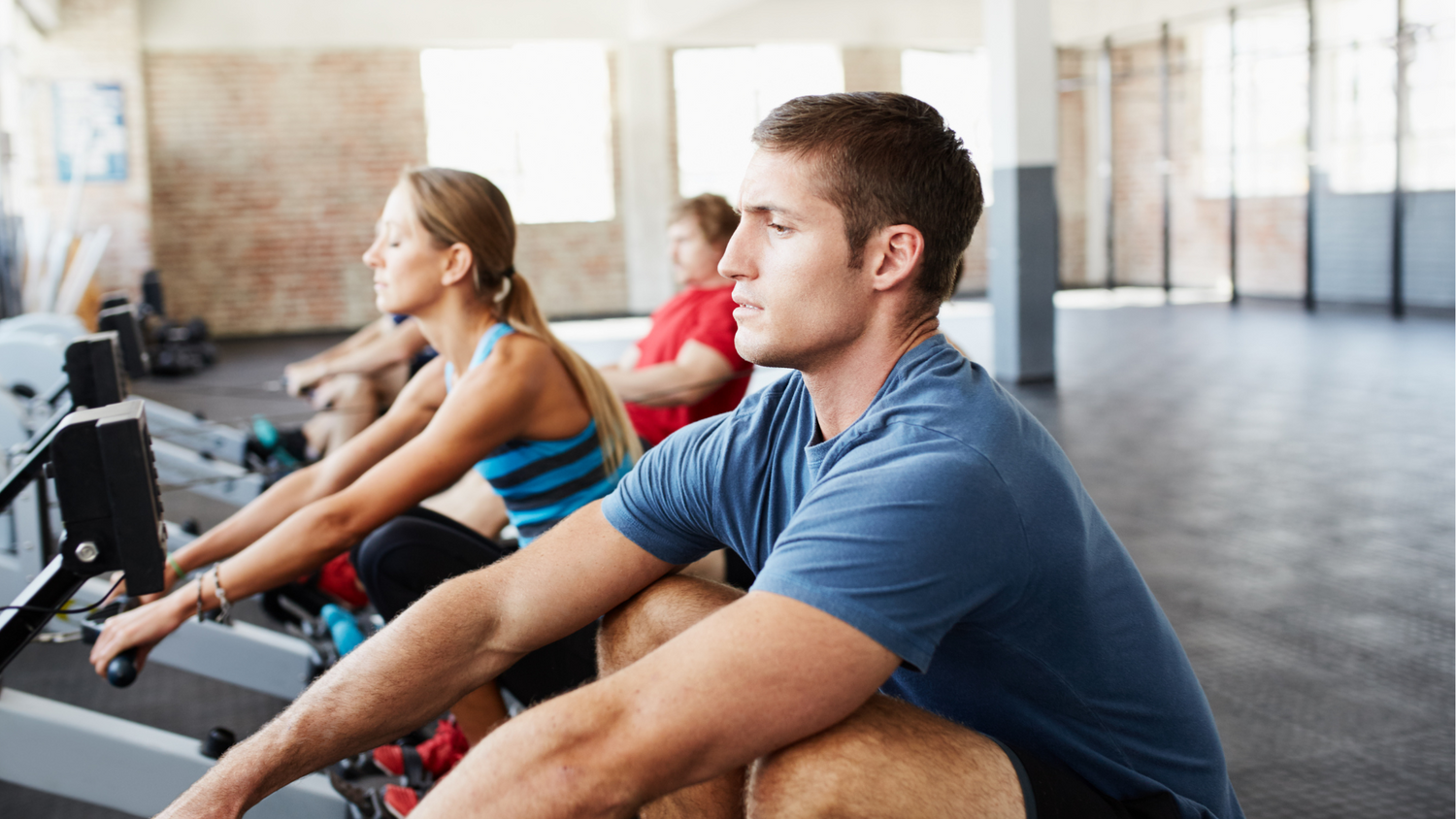Proper rowing form is crucial for maximizing the benefits of your workout and minimizing the risk of injury. Here’s a step-by-step guide to achieving the perfect rowing form, broken down into the key phases of the rowing stroke: the catch, the drive, the finish, and the recovery.
-
The Catch
The catch is the starting position of the rowing stroke. It’s important to set up correctly to ensure a powerful and efficient stroke.
Steps:
- Sit on the rowing machine with your feet securely strapped into the footrests.
- Slide forward on the seat until your shins are vertical and your knees are bent.
- Keep your arms straight, your shoulders relaxed, and your back in a neutral position.
- Lean slightly forward from the hips, maintaining a straight back.
- Grip the handle with a relaxed, overhand grip, keeping your wrists flat.
Key Points:
- Engage your core to support your lower back.
- Avoid hunching your shoulders or rounding your back.
- Ensure your shins are vertical to avoid putting excessive strain on your knees.
-
The Drive
The drive is the power phase of the rowing stroke, where you push off with your legs and pull with your arms.
Steps:
- Begin the drive by pushing off with your legs, keeping your arms and back straight.
- As your legs extend, start to lean back slightly from the hips.
- When your legs are almost fully extended, begin to pull the handle towards your lower ribs.
- Keep your elbows close to your body and your wrists flat as you pull.
Key Points:
- Initiate the movement with your legs, not your arms.
- Maintain a strong core to support your back.
- Ensure a smooth and coordinated motion from legs to core to arms.
-
The Finish
The finish is the end of the drive phase and involves completing the pull and leaning back slightly.
Steps:
- Lean back slightly, no more than 20 degrees, from the vertical.
- Pull the handle to your lower ribs, just below your chest.
- Keep your elbows bent and close to your body.
- Maintain a strong core and a straight back.
Key Points:
- Avoid leaning back excessively.
- Keep your shoulders relaxed and down.
- Ensure a controlled finish to prepare for the recovery.
-
The Recovery
The recovery is the return to the starting position and should be a controlled, smooth motion.
Steps:
- Extend your arms forward, away from your body, until they are straight.
- Lean forward from the hips, keeping your back straight.
- Once your hands pass your knees, start bending your knees to slide the seat forward.
- Return to the catch position with your shins vertical and your arms extended.
Key Points:
- The recovery should be a mirror image of the drive, but slower and controlled.
- Avoid rushing the recovery phase; it should take about twice as long as the drive.
- Maintain a smooth and fluid motion throughout the stroke cycle.
Common Mistakes to Avoid
- Rounding the Back: Keep your back straight and engage your core throughout the stroke to prevent injury.
- Over-Leaning: Avoid leaning too far back at the finish or too far forward at the catch.
- Early Arm Pull: Ensure the power comes from your legs first, followed by your core, and then your arms.
- Rushing the Recovery: Take your time during the recovery phase to set up for the next stroke.
Tips for Perfecting Your Form
- Practice Drills: Break down the rowing stroke into its components and practice each part separately.
- Use a Mirror: If possible, row in front of a mirror to monitor your form and make adjustments.
- Get Feedback: Consider having a coach or experienced rower watch your form and provide feedback.
- Warm Up and Cool Down: Always include a proper warm-up and cool-down to prepare your muscles and prevent injury.
By focusing on each phase of the rowing stroke and avoiding common mistakes, you can achieve the perfect rowing form, leading to more efficient and effective workouts.









Leave a comment
All comments are moderated before being published.
This site is protected by hCaptcha and the hCaptcha Privacy Policy and Terms of Service apply.